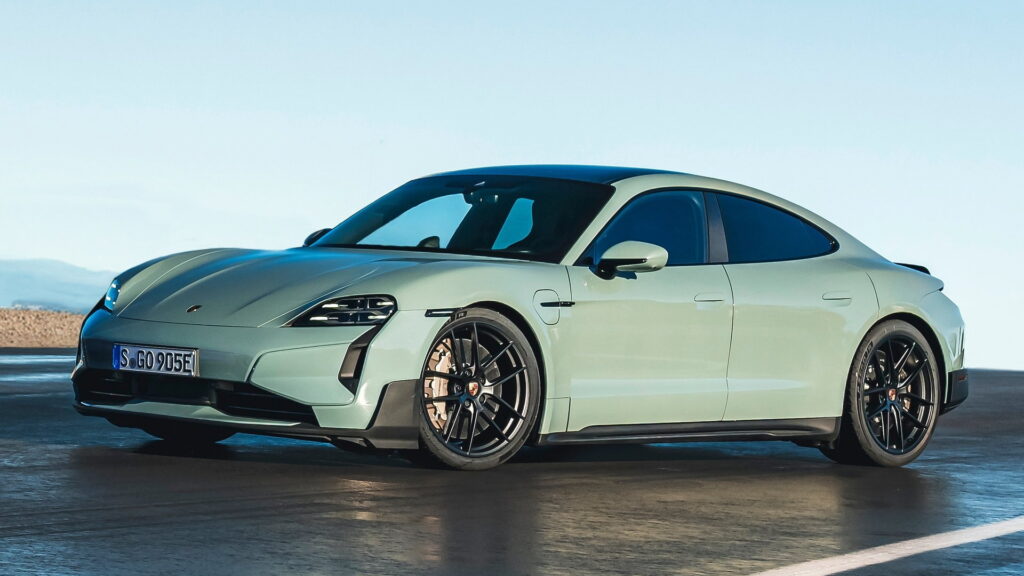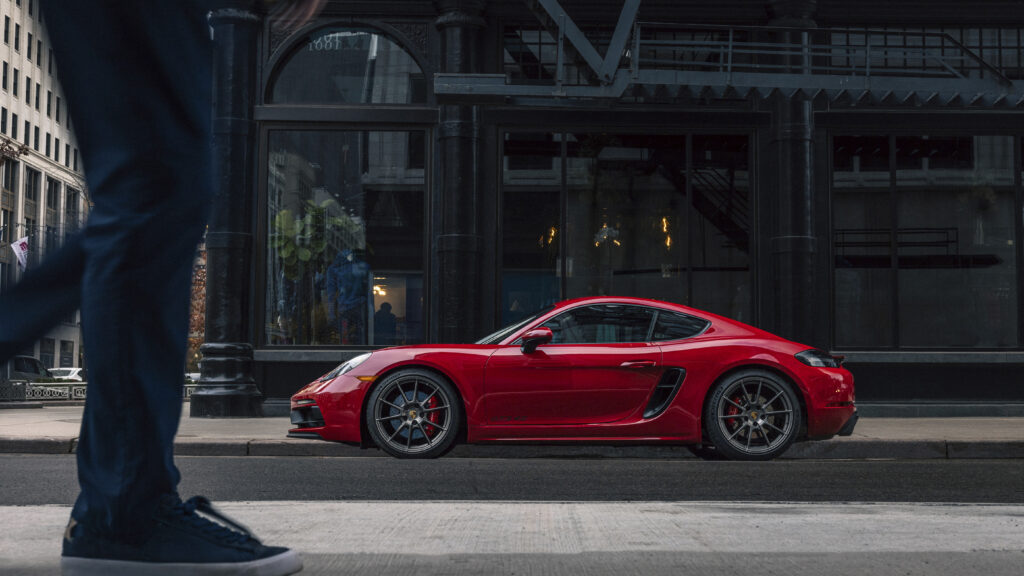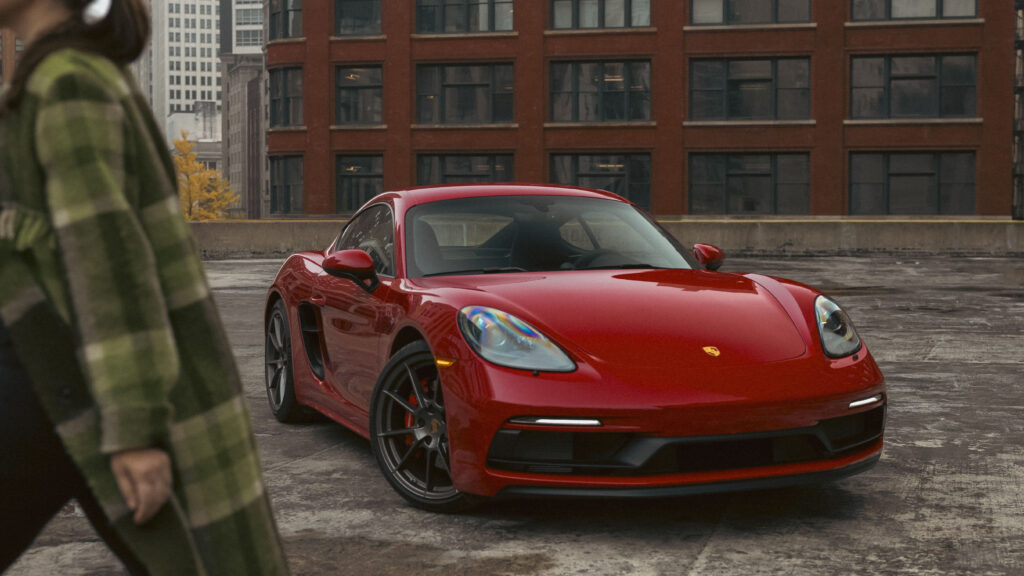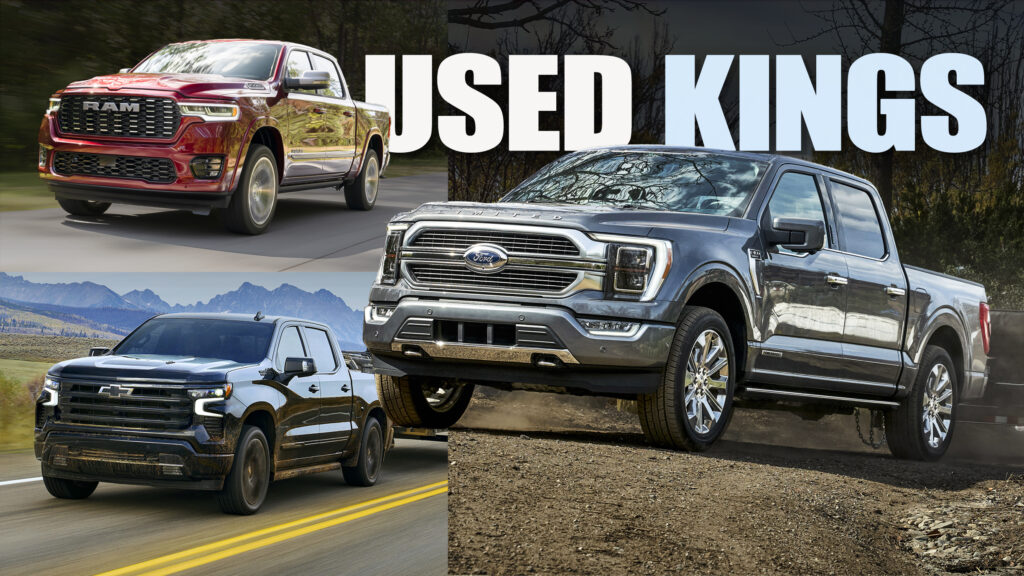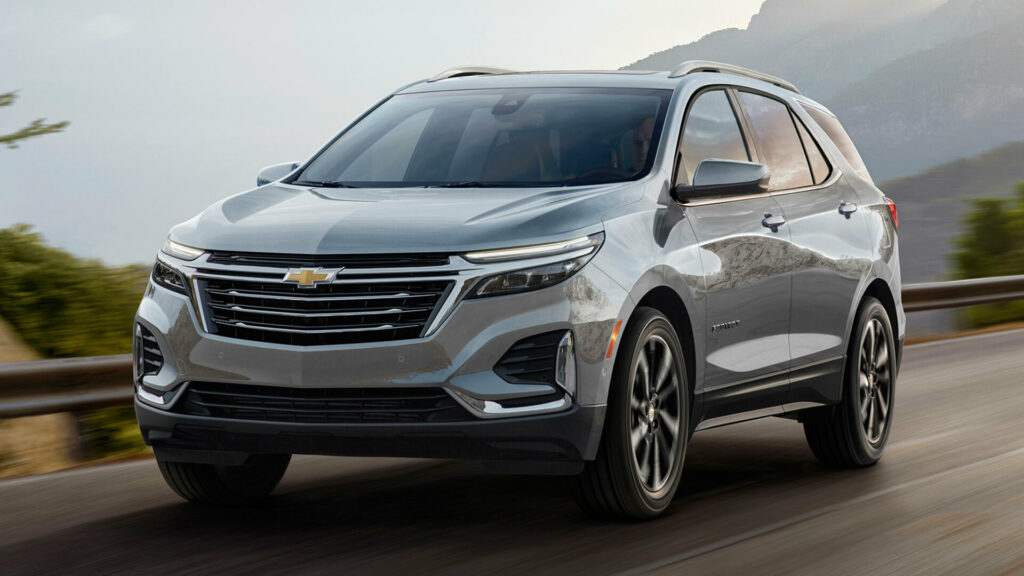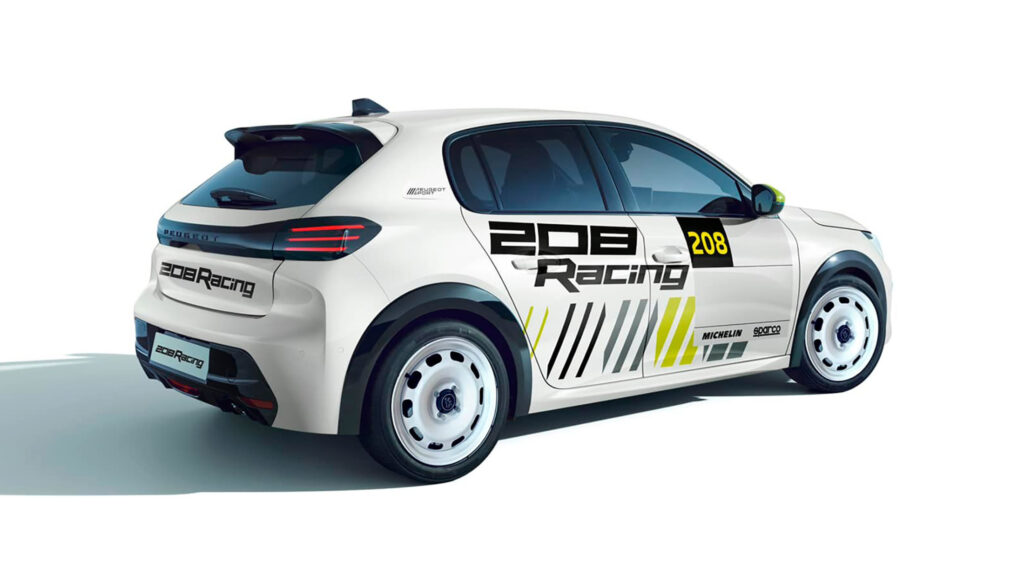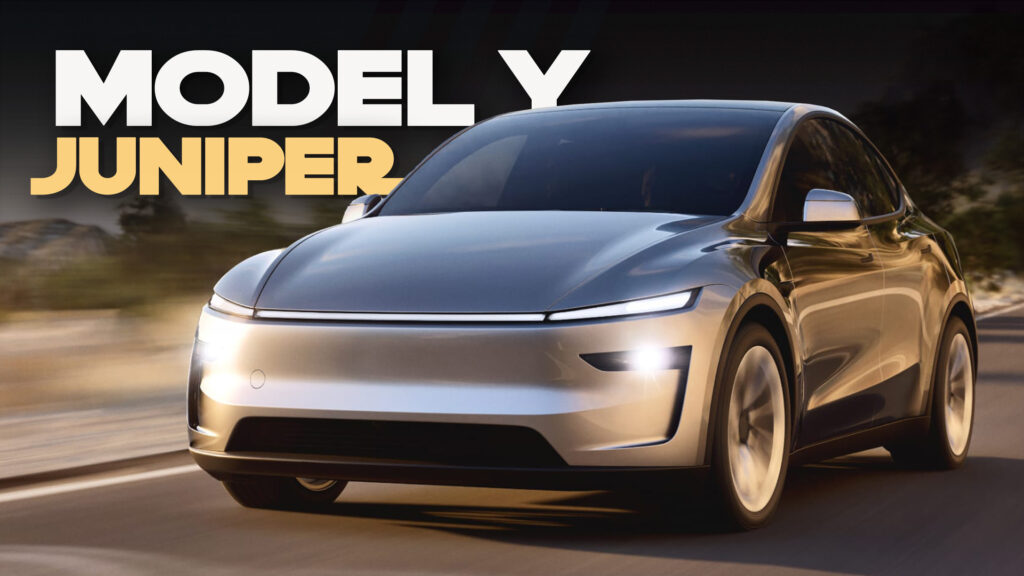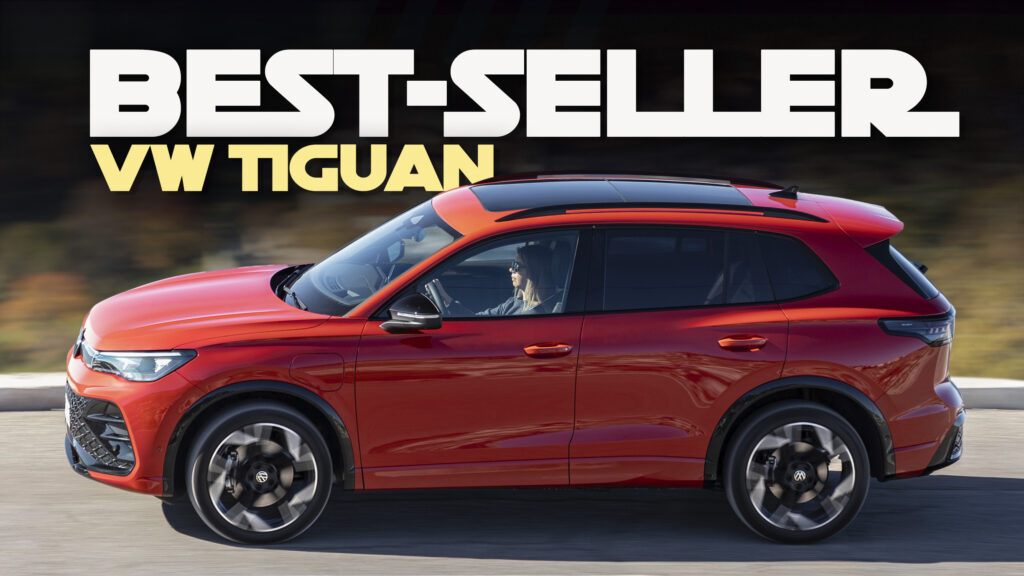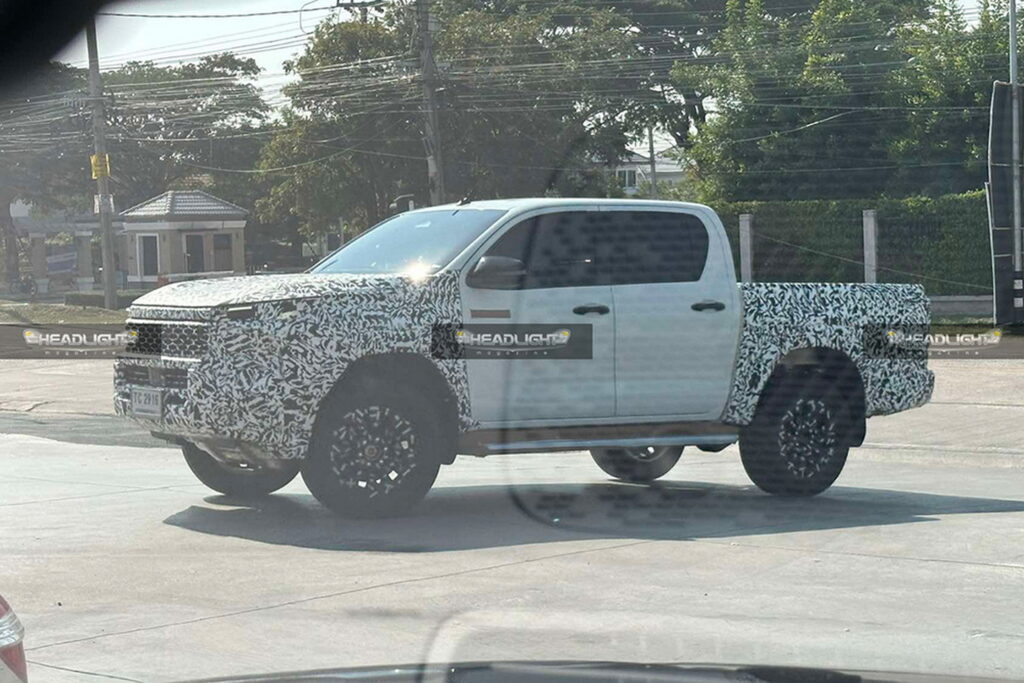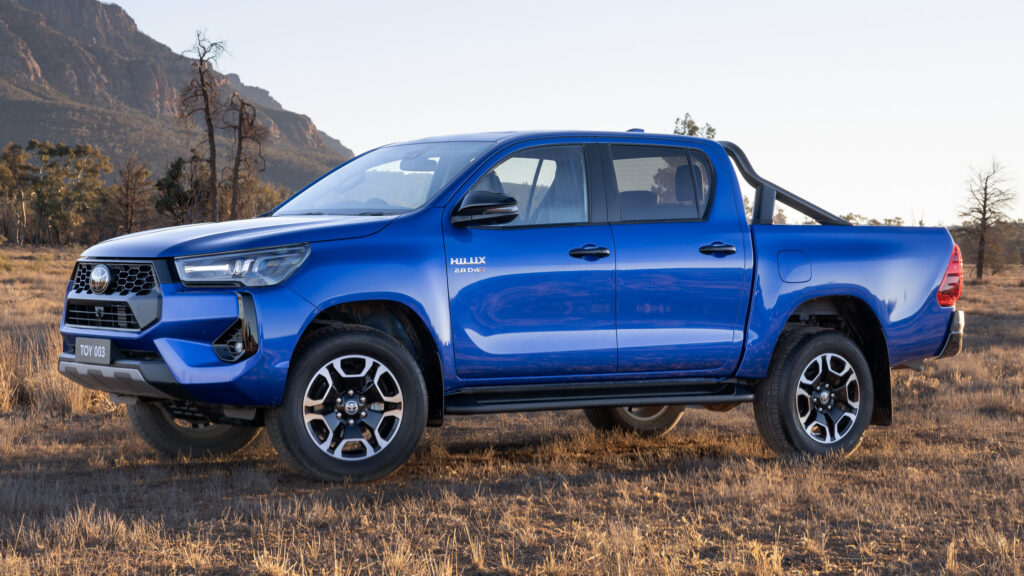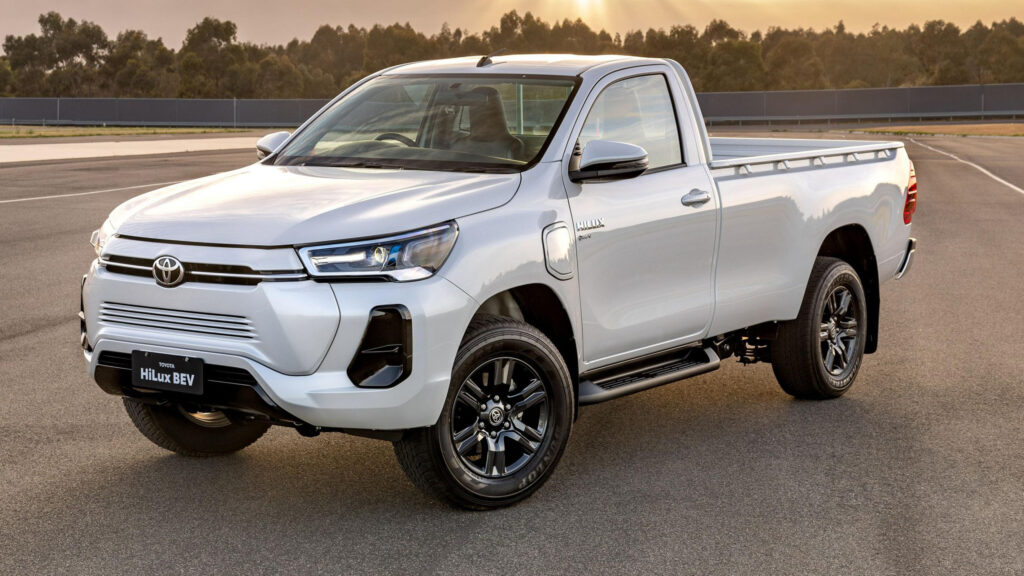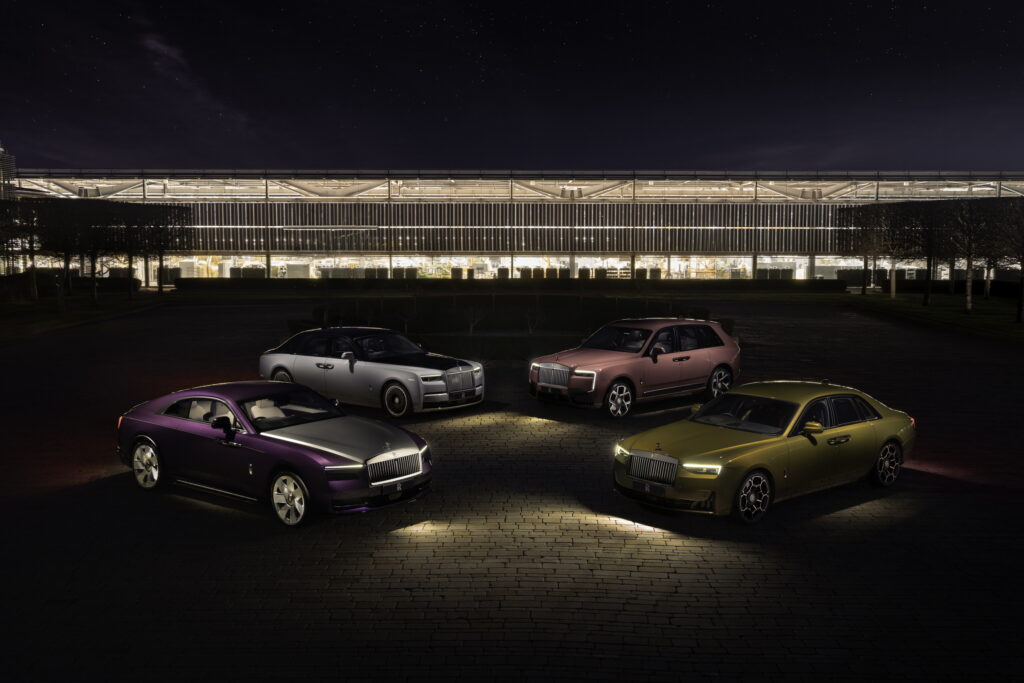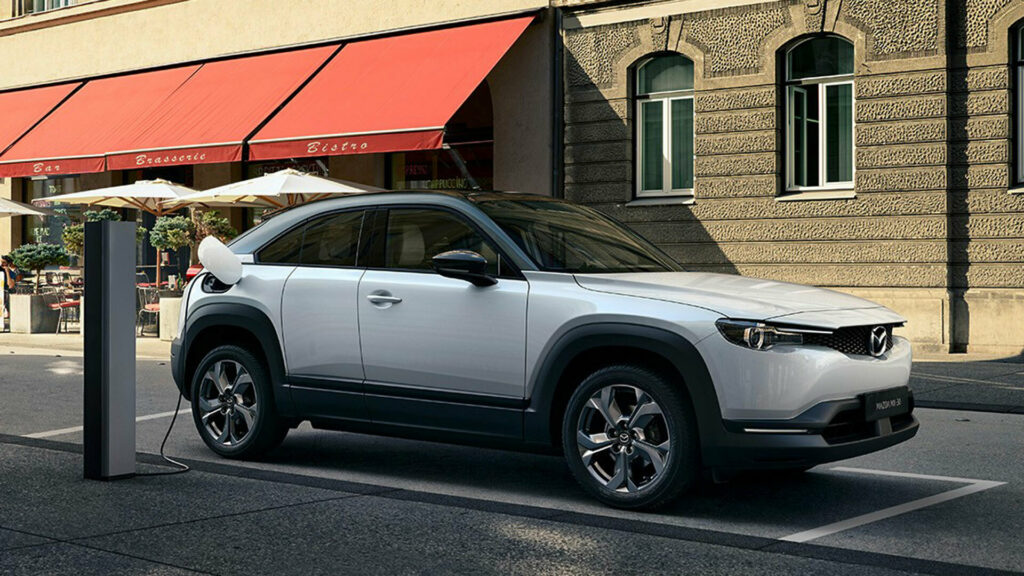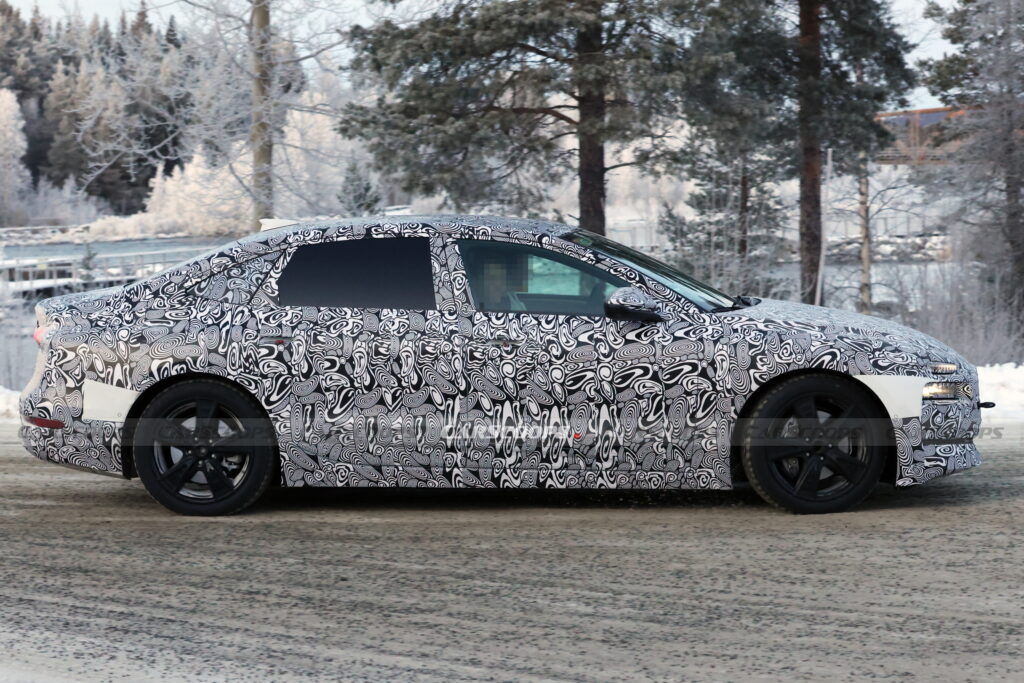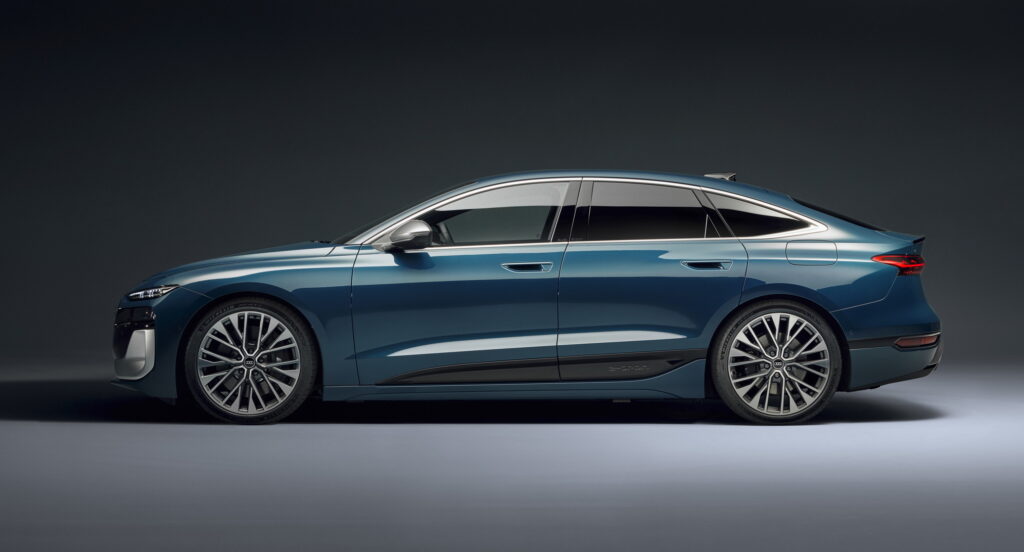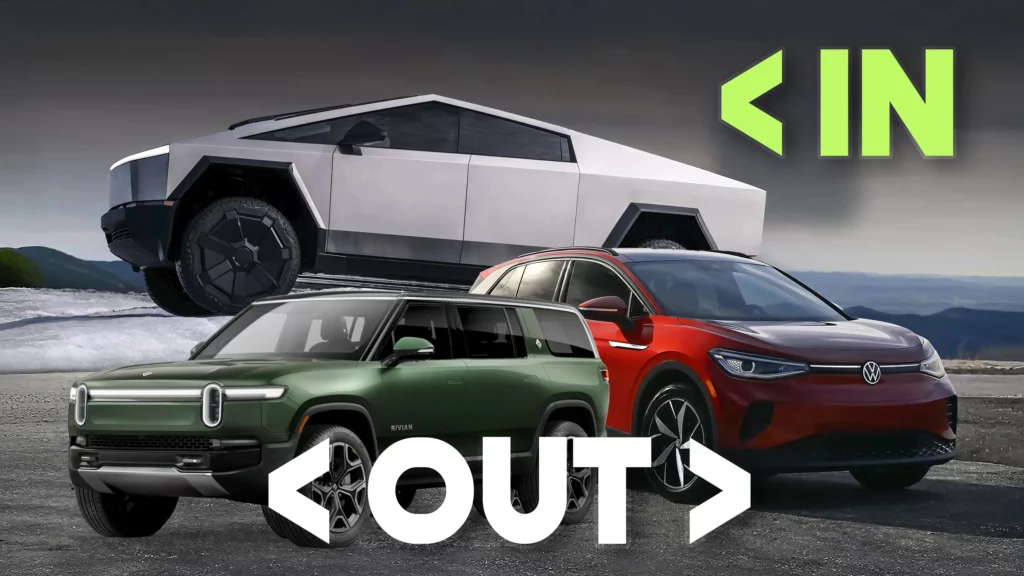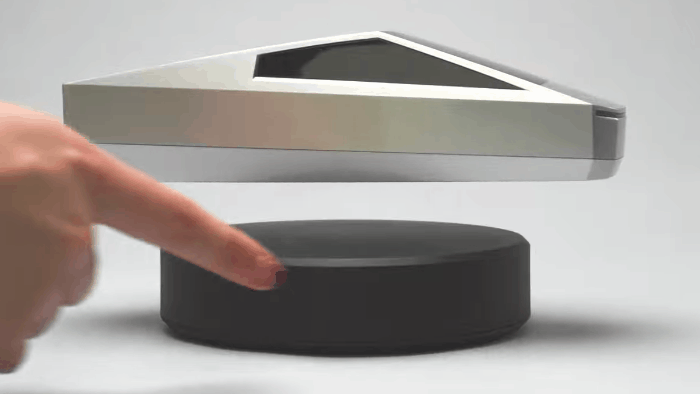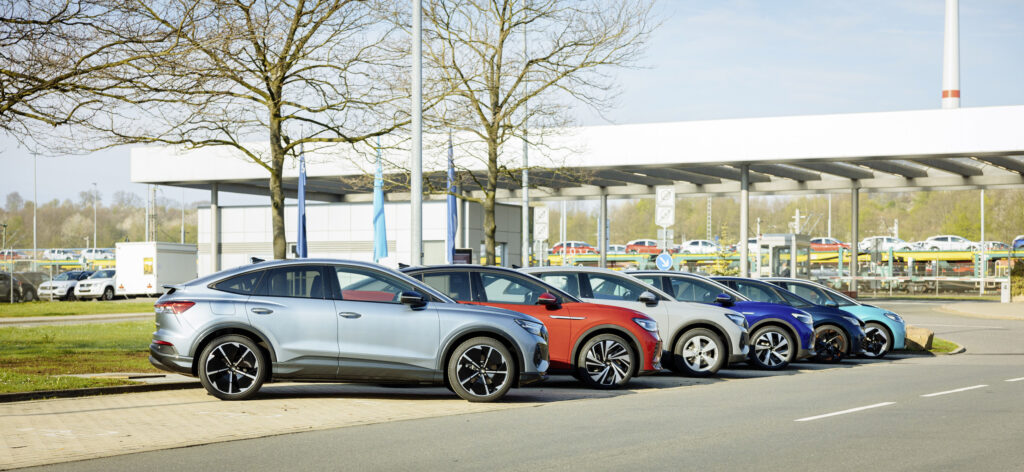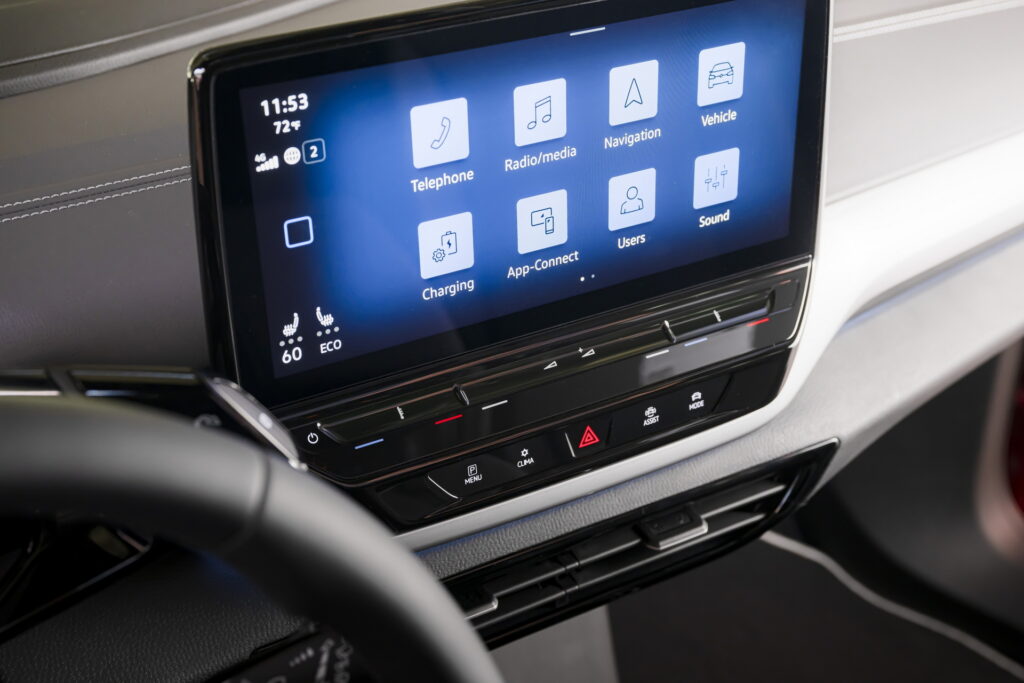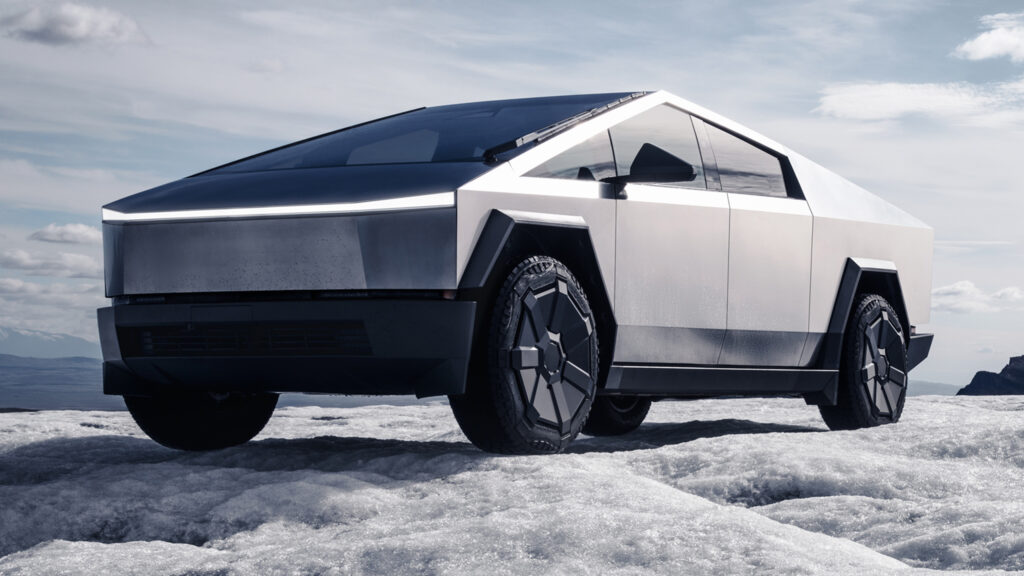Modellista Turns Toyota’s bZ4x Into An ’80s Sci-Fi Dream Machine

- Modellista has launched a concept based on the Toyota bZ4x at the Tokyo Auto Salon.
- The electric crossover benefits from comprehensive styling upgrades and interior touches.
- The concept will likely inspire a future Modellista kit for the facelifted version of the EV.
Toyota’s in-house Japanese tuning arm, Modellista, has revealed its newest creation, the Concept Zero, at the 2025 Tokyo Auto Salon. Built on the fully electric Toyota bZ4x, the concept has a retro-futuristic flair reminiscent of 1980s visions of tomorrow. It also hints at potential styling upgrades for Toyota’s electric crossovers, offering a preview of what could define the next generation of Modellista designs.
One of the standout features of the Concept Zero are the new wheels, which sport a distinctive, aero-efficient three-spoke design. To create a more cohesive appearance, Modellista replaced the bZ4x’s stock black fender cladding with body-colored panels, giving the concept a sleeker, more seamless profile. Additional refinements include sportier side skirts that extend lower, covering a larger area on the profile.
More: Tokyo’s Wildest Lexus Concept Is Actually a Toyota GR 86 In Disguise
The custom front bumper has also been thoroughly reworked, incorporating an illuminated light strip in place of traditional intakes, along with headlight covers and a pronounced lower chin equipped with integrated fins. At the rear, Modellista applied a similar treatment with LED lighting and a diffuser extension, completing the look.
Inside, the Concept Zero builds on its futuristic theme with ambient lighting integrated into the dashboard and center console, creating a clean, high-tech atmosphere. Modellista branding appears throughout, while the armrests and glass roof feature matching graphics that echo the sci-fi-inspired exterior.
Photos: Modellista, Tokyo Auto Salon
While Modellista emphasized ride comfort and refinement during development, the concept doesn’t appear to include any chassis or powertrain modifications. It’s likely that the vehicle retains the stock AWD setup of the Toyota bZ4x, which delivers 215 hp (160 kW / 218 PS) from its e-TNGA-based electric platform.
The Toyota bZ4x and Subaru Solterra twins were introduced in 2022. The EVs are expected to receive a mid-lifecycle update later this year. These updates could include performance-oriented variants, potentially with Gazoo Racing and STI branding, adding a sportier edge to the EV duo.
More: Modellista’s Wild Toyota Land Cruiser SEMA Concept May Spawn Production Parts
Judging from the timing of the Modellista Concept Zero’s launch, the Japanese tuner is already working on styling upgrades for the upcoming facelift.
In addition to the EV, Modellista’s display at the Tokyo Auto Salon featured an eye-catching automotive sculpture called Embryo. This artistic creation acts as a manifesto for the tuner’s future design direction, showcasing “flowing lines and sculptural surfaces that seem to have been carved away.” The sculpture embraces an “asymmetrical style” and incorporates indirect lighting that pulsates rhythmically, mimicking a heartbeat.

